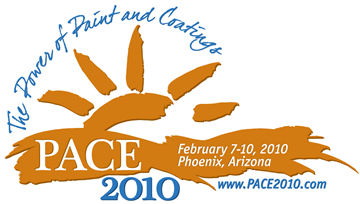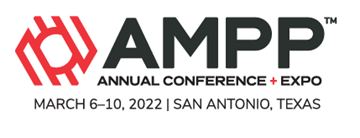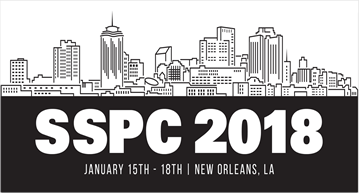Search
Products tagged with 'coatings'
View as
Sort by
Display
per page
An Update and Review of Offshore Systems and Current Testing Scenarios
Product Number:
41206-266-SG
Publication Date:
2006
$20.00
Anticorrosive Zn Free Pigments: Their Performance
Product Number:
41214-834-SG
Publication Date:
2014
$20.00
Application Concerns and Practices for Applying Conductive and Static Dissipative Coating to Concrete
Product Number:
51216-007-SG
Publication Date:
2016
$20.00
Application of Electrochemical Noise to Identify Corrosion Development of Steel with Galvanized Protective Coatings
Product Number:
51322-17873-SG
Publication Date:
2022
$20.00
Applying Common Sense to Moisture Vapor Emissions and Moisture Content Test Requirements When Coating Below Grade Concrete Structures in Wastewater Applications
Product Number:
41216-989-SG
Publication Date:
2016
$20.00
Are you Ready to Pursue Today’s Greatest Market Opportunity In the Coatings Industry? Millions of Square Feet of Commercial Walls Need Air Barriers. What do you Need to Know to be a Part of this Emerging Market?
Product Number:
41216-957-SG
Publication Date:
2016
$20.00
Are You Restricted by Your Total Solar Reflectance Performance?
Product Number:
41213-749-SG
Publication Date:
2013
$20.00
Assessing Structural Vulnerabilities: Analyzing the Effects of Wildfires on Power Industry Steel Infrastructure
Product Number:
51324-21141-SG
Publication Date:
2024
$40.00
Assessment of Anticorrosion/Antifouling Performances of a Novel Hybrid Epoxy-Siliconized Coating
Product Number:
51317--8906-SG
ISBN:
8906 2017 CP
Publication Date:
2017
$20.00
Assuring Quality with Certified Coating Contractors, Applicators, and Inspectors
Product Number:
51219-187-SG
Publication Date:
2019
$20.00
Atmospheric Plasma Coating Removal: The Future Without Spent Abrasive
Product Number:
51218-099-SG
Publication Date:
2018
$20.00











